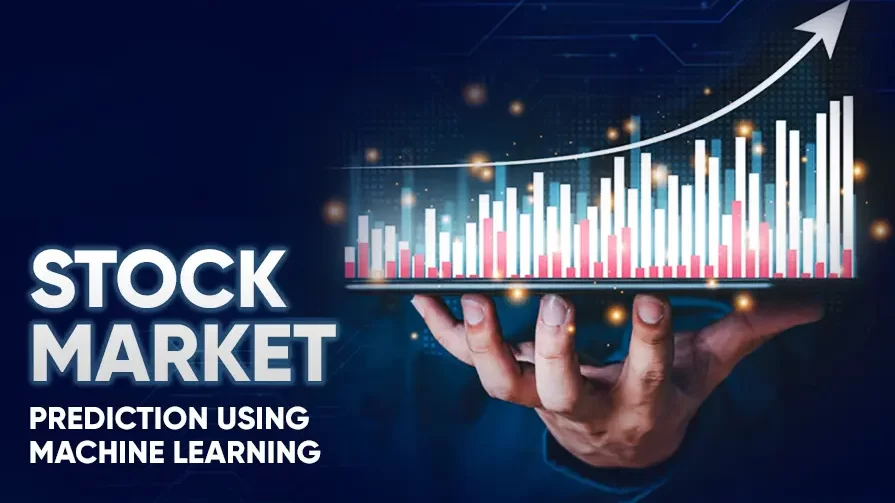The process of stock market prediction using machine learning
Is it possible to predict stock prices and plan your investments accordingly? Yes, it is partly possible. We can not ever be certain about stock prices due to a lot of factors that are put to effect in as little as seconds. The markets are fast and they are always changing at tremendous rapidity. Always being affected by a plethora of factors belonging to psychological, social, and financial domains.
Thus the predictions, if there is any chance of being accurate, must be fast and take into account all the aspects that can affect the prices. In simple words, that feat is impossible to achieve. All the publicly published data that can affect the stock prices have already affected the same and predicting them beforehand is like predicting the future like a boss. Analyzing these gargantuan data sets that consist of prices and correlating changes in associated factors is humanly impossible. Stock market prediction using machine learning comes into play precisely at this juncture and helps a human trader with the quotient of speed.
The basics
The stock or equity market is a place where ventures and commercial entities can sell a part of their ownership in the form of shares. The buyer in this case is the public. Based on a company’s performance and a plethora of factors, the prices are determined and put to effect in a fraction of a second. The stock market helps a company to draw investments and secure the future with public support.
The prices of stocks are a dynamic variable, always changing based on sales, demands, irrational and rational behaviors, etc. Stock markets are great for those looking for a lot of wealth gain in a short time, but with significant risks. A machine learning algorithm can predict stocks that exist for the sole purpose of ensuring the security of the wealth invested in a certain stock.
The prediction fundamentals
Linear regression algorithms and memory networks specifically long short-term memory networks or LSTMs. This section will discuss these approaches in detail.
Linear regression is a classic statistical method for the prediction of stock prices based on the analysis of relations between dependent and independent variables. The independent variables are taken into account based on the past trends and regression is drawn based on their changes over the years. These data sets we are discussing are easily available and can be accessed by almost anyone.
In linear regression the process by which the value of a contentious variable is predicted while taking into account an important independent variable. For example, a regression analysis can be done for understanding the sales figure of umbrellas in the light of annual rainfall. Here, the input variable is known or can be measured which is annual rainfall. The target dependent variable here is the sale of umbrellas.
The independent variable in this case occupies the X-axis and the dependent variable is placed on the Y. And after the points are plotted a line is drawn through the closest region of all the points. After the regression is optimized the classic Y = mX+C is applied and the value of the coefficient is identified. An algorithm like this can be stored and used in the future with collaborating regression algorithms that assign the same dependent variable in the light of different independent variables.
LSTMs in the case of stock prediction is somewhat more effective than regression. They are used for understanding the long-term dependencies of variables. Long, short-term memory networks consist of different layers, four layers to be exact with dedicated roles to play.
The process is executed in three major steps
Step 1
Omission of unnecessary values from the set using a sigmoid function.
Step 2
Deciding upon the values that are allowed to get through by a sigmoid function. And add weightage to them by a hyperbolic tangent function.
Step 3
This step is concerned with filtering the output with help of a sigmoid function and pushing the values in between negative to positive 1 by using a hyperbolic tangent function.
Conclusion
All of these processes are automated and are powered by machine learning algorithms that are tried and tested. Undoubtedly this makes the stock trading experience a lot safer and assists a human trader with all the necessary bits and pieces of information. But trading with stocks is still subject to market risks and is expected to be similar in the near future.

















